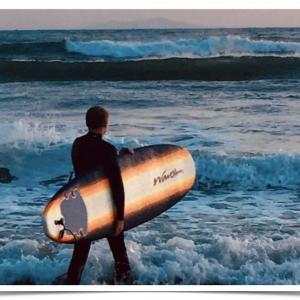Engaging English (F21 ENGL 20200-002 Purdue) Dashboard
Description
 This class will teach you how to surf (the Internet) and about the various ways that English studies have been transformed over the last few decades. Starting with some basic close-reading and analysis skills (aided by annotation at COVE Studio), we will then explore how those skills have been increasingly applied to new areas of inquiry (tv, film, culture, critical theory, and politics). Throughout, we will employ new digital tools that change the way we approach our subjects of inquiry, including Web annotation, timeline-building, gallery-building and GIS mapping. As we proceed, we will consider the nature of English studies: What is an English department and how does it relate to the rest of the university? What can you do with an English degree? Why is it necessary to fight for English in an increasingly STEM-oriented world?
This class will teach you how to surf (the Internet) and about the various ways that English studies have been transformed over the last few decades. Starting with some basic close-reading and analysis skills (aided by annotation at COVE Studio), we will then explore how those skills have been increasingly applied to new areas of inquiry (tv, film, culture, critical theory, and politics). Throughout, we will employ new digital tools that change the way we approach our subjects of inquiry, including Web annotation, timeline-building, gallery-building and GIS mapping. As we proceed, we will consider the nature of English studies: What is an English department and how does it relate to the rest of the university? What can you do with an English degree? Why is it necessary to fight for English in an increasingly STEM-oriented world?
See below, "Galleries, Timelines, and Maps," in order to add items to our collective map, timeline and gallery exhibit. Click on the links below to begin.
Galleries, Timelines, and Maps
There is no content in this group.
Individual Entries
South Carolina has a long, violent, and racist history, effectively setting a morbid backdrop for the events that unfolded on June 17, 2015. The Charleston shooting occurred in a church named the Emanuel African Methodist Episocopal Church (A.M.E.) The church had become somewhat of a hub for social justice and political activism. Denmark Vesey was one of the founders of the church and used it as a homebase for what the National Park Service describes as, “an enslaved insurrection” against slave-owners and both city and state officials. Douglas R. Egerton continues the story by describing how the city eventually destroyed the church, only for it to be rebuilt by Vesey’s son Robert. Then, when an earthquake struck Charleston in the 1880s, members of the church helped to rebuild and repair damages to it (“Before Charleston’s Shooting, a Long History of Attacks”).
In more recent times, the church community...
moreAfter the landmark case, Brown v Board of Education, the Little Rock school board agreed to desegregate their school system. Like most of the population at the time, the community of Little Rock fought back against the idea. Despite the backlash, the plan continued. In September of 1957, nine African American students were the first to enter the previously all-white Little Rock Central High School. Prior to their first day of school, Governor Orval Faubus ordered the National Guard to block the nine students from entering the building, saying it was for their own safety. The students were met with the National Guard and an aggressive mob blocking the entrance to the school when they arrived. Since this went against the ruling of Brown v Board of Education, about 16 days later a federal judge ordered the...
more